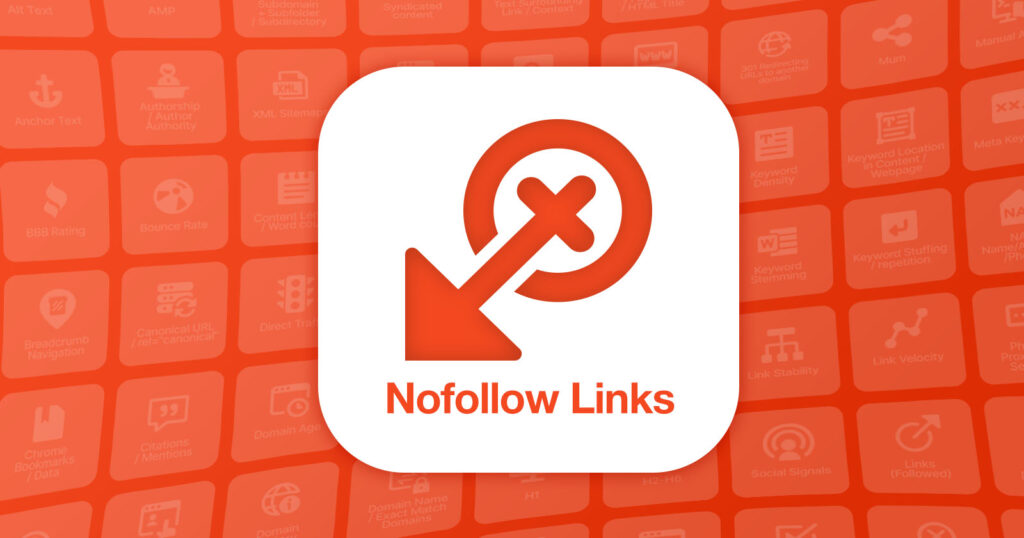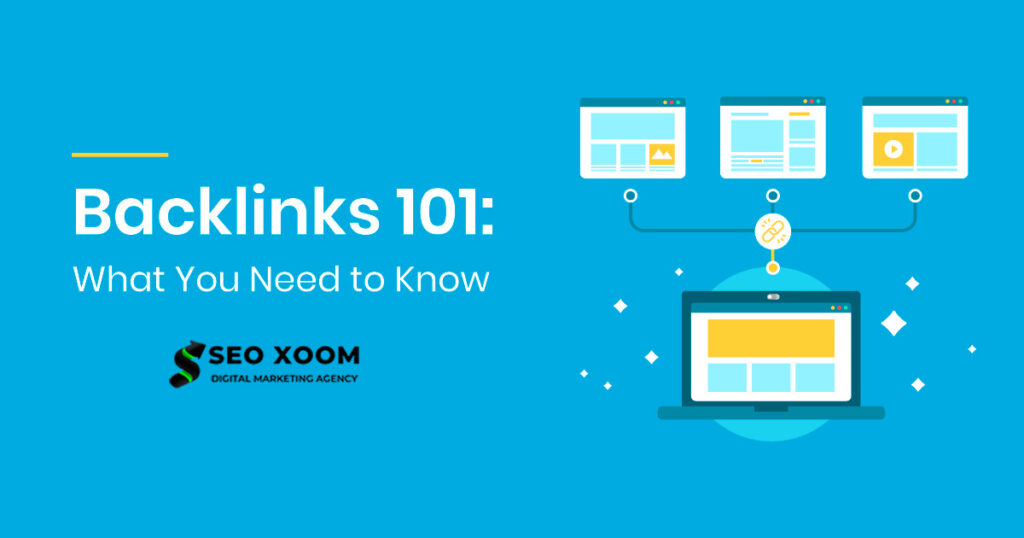Understanding the Rel Nofollow Attribute and How to Use It for SEO. The world of search engine optimization (SEO) is constantly evolving, and as a website owner or a digital marketer, it is crucial to stay up-to-date with the latest trends and best practices to ensure that your website ranks high in the search engine results pages (SERPs). In this article, we will discuss one of the key concepts in SEO, the rel nofollow attribute, and how to use it to improve your website’s search rankings.
What is the Rel Nofollow Attribute?
The rel nofollow attribute is an HTML attribute used to instruct search engine crawlers not to follow a particular link. When a web page has a link with the rel nofollow attribute, search engine crawlers will not pass any PageRank or anchor text value to the linked page. In other words, the linked page will not benefit from the link in terms of SEO. The rel nofollow attribute was introduced in 2005 by Google as a way to combat spam and to discourage website owners from buying links to manipulate their search rankings.
Types of Nofollow Links
There are three types of nofollow links: rel nofollow, rel sponsored, and rel ugc. The rel nofollow attribute is used to indicate that a link is not trusted or not editorially vouched for. The rel sponsored attribute is used to indicate that a link is sponsored or an advertisement. The rel ugc attribute is used to indicate that a link is user-generated content, such as comments or forum posts.
Understanding the Difference between Regular Links and Nofollow, UGC, and Sponsored Links
When it comes to linking to external websites, there are different types of links that webmasters use. Regular links are standard links that are created using simple HTML, such as the example below:
<a href="https://searchengineland.com">Search Engine Land</a>If you have a regular link on your website, you can expect Google to follow the link and evaluate the content on the page it leads to.
However, if you have user-generated links that you can’t monitor, it’s possible for someone to spam your site, which can lead to a drop in rankings. In such cases, consider using the following:
<a rel="ugc" href="https://searchengineland.com/user-generated-content/Ludwig">Ludwig’s blog</a>When you add the rel=”ugc” attribute to a link, you’re telling search engines that the content on the page is user-generated. This is particularly useful when you can’t monitor the content on the linked pages, but still want to give users the ability to contribute content.
Over time, as you begin to trust a certain user and realize that their contributions provide immense value to your community, you can remove the UGC value.
If an advertiser offers to pay for a link or ad on your site, you can add the following:
<a rel="sponsored" href="https://example.com">Sponsored ad</a>Using rel=”sponsored” tells search engines that the link isn’t spam, but is instead sponsored content. However, it’s important to review Google’s Spam Policy to make sure that your site isn’t seen as spamming its users.
Finally, if you have a link that you don’t want search engines to crawl, you can use rel=”nofollow”. This tells search engines not to pass “ranking credit” to the page.
It’s important to note that while using rel=”nofollow” can prevent spam, it can also prevent Google from crawling and indexing the linked page. Therefore, it’s important to use this attribute judiciously.
Using Nofollow Links for SEO
Nofollow links can be used strategically to improve your website’s SEO. By using the rel nofollow attribute, you can control the flow of PageRank on your website and ensure that your most important pages receive the maximum amount of PageRank. For example, you may want to use the rel nofollow attribute on external links to low-quality or spammy websites to prevent PageRank from flowing out of your website.
Additionally, you may want to use the rel nofollow attribute on internal links to pages that are not important for SEO, such as privacy policy or terms and conditions pages. By doing so, you can ensure that search engine crawlers focus on crawling and indexing your most important pages, such as product pages or category pages.
Conclusion
In conclusion, the rel nofollow attribute is a powerful tool that can be used strategically to improve your website’s SEO. By using the rel nofollow attribute on external links to low-quality or spammy websites and on internal links to pages that are not important for SEO, you can control the flow of PageRank on your website and ensure that your most important pages receive the maximum amount of PageRank. Understanding the rel nofollow attribute and how to use it is an essential part of any successful SEO strategy.




